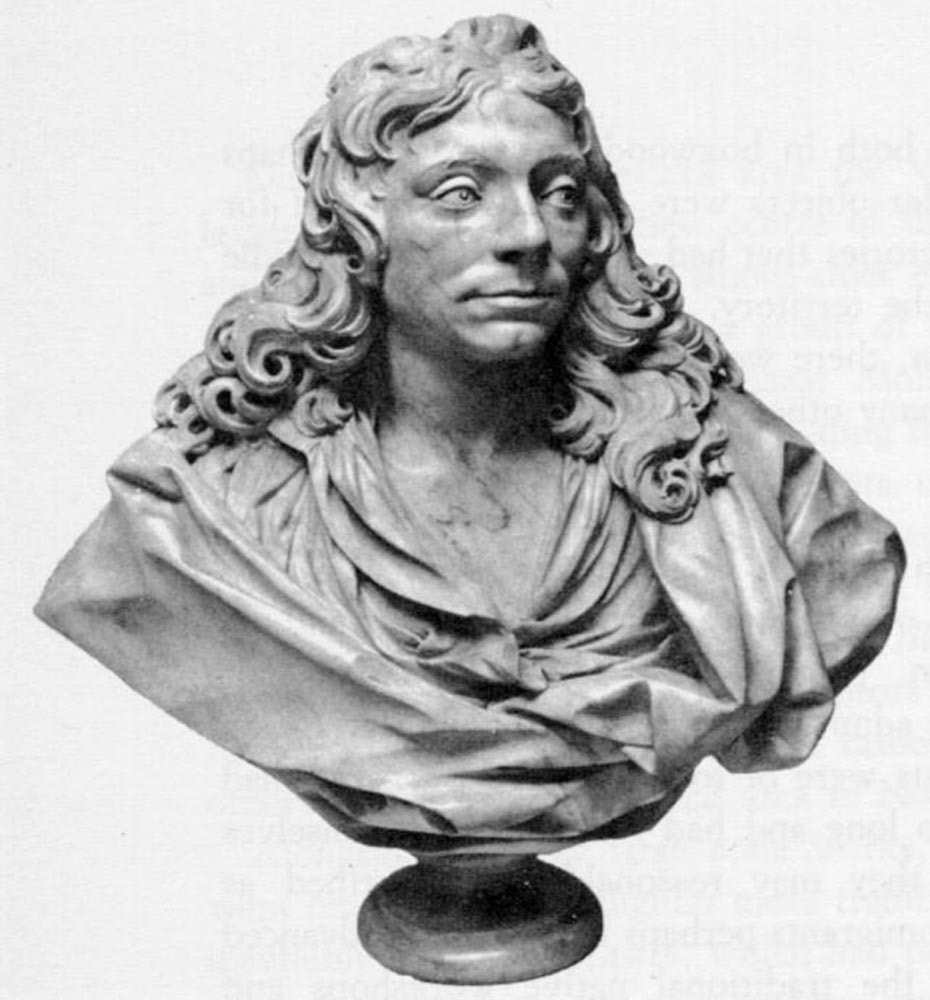
felicity of his genius or for the sweet humanity of his disposition-formerly as a boy a prodigy now as a man a miracle, nay, even something superhuman. Barrow indeed, in 1662, referred to him “As one of whom it was doubtful whether he was most to be commended for the divine. Wren was an instinctive mathematician and geometrician, whence came the constructional resource evident in the span of the Sheldonian theatre, Oxford (16649) and the dome of St Pauls (170511). Inhaltsverzeichnis 1 Weltliche Bauten 1. Christopher Wren was born on 20 October 1632 in East. Wren, decano de Windsor & Wolverhampton, Registar de la Liga, hermano menor del dr.

He was a founder of the Royal Society and his scientific work was highly regarded by Sir Isaac Newton. Sir Christopher Wren, quien murió el lunes pasado a los 91 años de edad, era el único hijo del dr. Perhaps not such an extraordinary boy as Young or Hamilton, his genius was recognised from the first. Liste der Bauten von Christopher Wren Die folgende Liste enthält die Namen von Gebäuden oder Teilen von Gebäuden, die Christopher Wren erbaute. Wren was an English scientist and mathematician and one of the country’s most distinguished architects, best known for the design of many London churches, including St Paul’s Cathedral. The Royal Society owed much to him, and he was one of its earliest presidents. Sir Christopher Wren (1632-1723) in 1711, the year the rebuilding of St. Boasting an excellent location, the hotel invites guests to an à la carte restaurant serving British dishes. Four years later he returned to Oxford as Savilian professor. The sickly son of a Church of England clergyman, Christopher outlived all of his contemporaries and outstripped most of them in mathematics, astronomy, science, and, especially, architecture, that made his name a byword in English history. Placed less than 11 minutes by foot from the independent school 'Eton College', excellent Sir Christopher Wren Hotel & Spa Windsor provides guests with a storage room and a restaurant. While quite a youth Wren joined the group of philosophers who met at the lodgings of Wilkins or Boyle at Oxford, and at twenty- five he became Gresham professor of astronomy. The year Wren was born Galileo was writing his iamous “Dialogues,” and in the subsequent developments which made England the scientific centre of the world Wren was one of the pioneers.

Five years younger than Boyle, and ten years the senior of Newton, Wren had as his contemporaries Wilkins, Hooke, Goddard, Willis, Sydenham, Flamsteed, and Barrow. He was accorded responsibility for rebuilding 52 churches in the City of London after the Great Fire in 1666, including what is regarded as his masterpiece, St Paul's Cathedral, on Ludgate Hill, completed in 1710.

He is best known for the buildings he designed. THOUGH during the celebration, next week, of the bicentenary of Sir Christopher Wren the main interest rnst needs centre around his great work as an architect, his position as one of the representative men of science of the seventeenth century should not be overlooked. Sir Christopher Wren was a scientist and mathematician who is regarded as Britain’s most prolific architect, his most famous work is St. Christopher Wren was an English architect and mathematician who became Savilian Professor of Astronomy at Oxford.


 0 kommentar(er)
0 kommentar(er)
